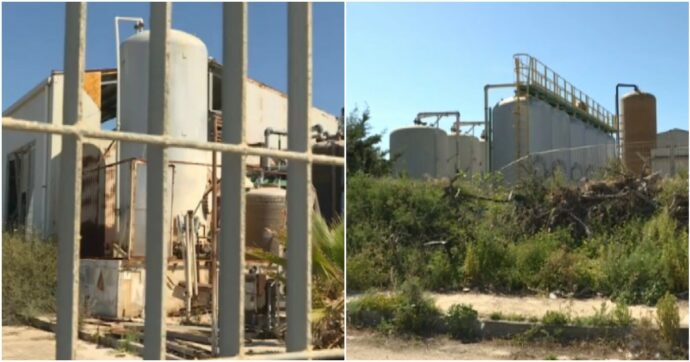Dissalatori in Sicilia, lo stato dell’arte
I dissalatori in Sicilia sono all’ordine del giorno della ‘cabina di regia’ per l’emergenza idrica della Regione. A breve termine si dovrebbero rispolverare Porto Empedocle, Trapani e Gela.
I dissalatori in Sicilia sono stati costruiti a Gela, Trapani e Porto Empedocle. Presto si sono rivelati obsoleti, impattanti e costosi, e tra il 2010 e il 2014 sono stati pensionati. Adesso la ‘cabina di regia’ istituita da Schifani alla Regione per gestire l’emergenza idrica intenderebbe riesumarli, ma secondo gli esperti nel settore ciò non sarebbe opportuno perché adesso il progresso tecnologico ha offerto dissalatori moderni, sostenibili e molto meno costosi. Un maxi dissalatore costerebbe circa 50 milioni di euro, una cifra che poi sarebbe ammortizzata. E l’investimento aumenterebbe storicamente la capacità della Sicilia a resistere alla siccità, ormai evento costante e non eccezionale, frutto amaro dei cambiamenti climatici. Già dei dissalatori sono attualmente in funzione nelle isole minori, come a Lampedusa e Pantelleria, che utilizzano impianti di modeste dimensioni per il fabbisogno idrico. La differenza tra i dissalatori di quasi 20 anni addietro, come l’impianto a Porto Empedocle, e i dissalatori di oggi, è che in quel tempo l’acqua si dissalava per evaporazione, quindi attraverso l’utilizzo di calore generato da combustibili fossili, impattante e costosa. Oggi si utilizza la tecnica dell’osmosi inversa, in cui l’acqua di mare la si conduce attraverso una membrana che trattiene il sale, rendendola acqua dolce. Il costo finale per il cliente sarà nettamente inferiore al precedente, anche se più elevato rispetto all’acqua dei pozzi. Un dissalatore nuovo di zecca in Sicilia è in fase di installazione, a Presidiana, nel territorio di Cefalù, e costerà 40 milioni di euro, il 75% dei quali finanziati dal Pnrr. Secondo i dati di Siciliacque, al 2006 i dissalatori fornivano il 21,5% dell’acqua potabile. Poi il 38,9% da sorgenti e pozzi, il 35% dagli invasi, e un ulteriore 5% da traverse, ovvero dagli sbarramenti dei fiumi. I costi dei dissalatori si sono rivelati insostenibili. Alcuni impianti, come a Gela, avevano bisogno di una centrale termoelettrica per alimentarsi. E così dal 2010 in poi sono stati cancellati dalla mappa dell’approvvigionamento idrico. Infatti, ancora secondo i dati di Siciliacque, dal 2018 il 42% dell’acqua potabile deriva da sorgenti e pozzi, e il 58% dagli invasi. Adesso, a fronte di quanto accade, i dissalatori sono di nuovo all’ordine del giorno. Infatti, nel “quaderno dei buoni propositi” della cabina di regia dell’emergenza idrica alla Regione, è stato scritto che uno degli obiettivi prioritari è l’ammodernamento degli impianti di dissalazione nei siti dismessi di Porto Empedocle, Paceco-Trapani ed eventualmente anche Gela. Dunque gli impianti di 20 anni addietro? Sì, perché è la soluzione più a breve termine, perché gli impianti esistenti sono già serviti dai necessari sistemi di adduzione capaci di trasportare ingenti quantità d’acqua nella rete idrica. Spostando e costruendo nuovi dissalatori occorrerebbe ricostruire le condotte di distribuzione nell’entroterra con costi ben più elevati. La capacità di produzione di acqua sarà modulata secondo le esigenze del territorio. Il dissalatore di Porto Empedocle forniva circa 5.000 metri cubi d’acqua al giorno, quello di Trapani 36.000, quello di Gela addirittura 50.000. Un metro cubo basta per circa sei persone, e quindi si tratta del fabbisogno di centinaia di migliaia di famiglie.
teleacras angelo ruoppolo

